Ready to dive into the world of digital marketing? You’ve come to the right place. Whether you’re just starting or looking to enhance your online presence, it’s all about knowing the fundamentals.
There are expected to be 285 billion online shoppers by 2025. Imagine tapping into even a fraction of that!
Digital marketing isn’t just about posting some ads and hoping for the best. It’s about creating connections, understanding your audience, and optimizing every interaction.
Sounds complex? Nah, it’s simpler than you think. From SEO to content marketing, email campaigns, and social media tricks, I’ve got it all covered.
This guide is your digital marketing 101 roadmap, packed with actionable insights.
What does a digital marketer do?
Now, you might be wondering, what does a digital marketer do every day? Well, it’s like being a conductor of a digital symphony. Digital marketers are orchestrating SEO, crafting compelling content, managing social media, and running those oh-so-crucial PPC campaigns.
According to a HubSpot report, 70% of marketers are actively investing in content marketing. Why? Because content is king! But don’t think it stops there.
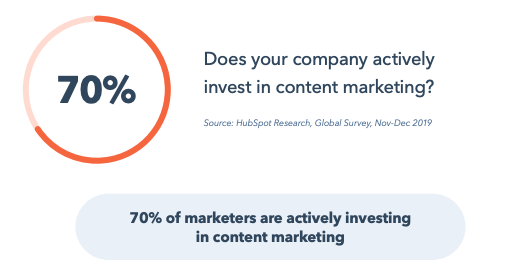
A digital marketer’s also got their finger on the pulse of analytics. Tracking, analyzing, and optimizing; it’s all about knowing your numbers. This allows you to make more informed decisions and not be in the dark about what’s working and why.
And let’s talk about social media, with billions of active users, it’s a playground for engagement and brand awareness. Digital marketers are the players, the coaches, and the fans, all rolled into one. They’re crafting posts, responding to comments, sharing stories–humanizing brands.
What is digital marketing?
Think of traditional marketing–billboards, TV commercials, flyers. Now take all that and put it on steroids. That’s digital marketing! It’s using the internet and various platforms to connect with people, right where they are: on their phones, laptops, and tablets.
In 2020, global e-commerce sales hit $4.28 trillion! Now, how do you get a piece of that pie? Digital marketing.
SEO, social media, content marketing, email marketing, PPC–these aren’t just buzzwords; they’re tools in your toolkit. And you know what? You don’t need a massive budget, either. About 47% of businesses are getting by with under $10,000 on their digital marketing. That’s the beauty of it!

Here’s the real kicker, though: it’s not just about throwing stuff online and hoping it sticks. Nope, digital marketing is about targeting. It’s about knowing who your audience is, what they want, and how they want it. And then delivering it right into their virtual lap.
Want to increase brand awareness? There’s social media for that. Looking to generate leads? Try some email marketing. Need to boost those sales? PPC’s got your back.
The types of digital marketing
Digital marketing is more than just posting ads online; there are different avenues, and each one’s got its own flavor. Let’s break ’em down:
- SEO (Search Engine Optimization): Want to be on Google’s first page? Who doesn’t, right? SEO’s all about getting your site to rank higher. With over 3.5 billion Google searches per day, you bet it’s worth investing in.
- Content Marketing: Blogs, videos, podcasts – they’re your virtual handshake with the audience. It’s about providing value, and it’s proven to work. According to SEMrush, content marketing costs 62% less than traditional marketing and generates 3x the leads!
- Social Media Marketing: Facebook, Instagram, LinkedIn, TikTok – you name it. Over half the world’s population uses social media. It’s where you chat, engage, and build relationships with your audience.
- Email Marketing: Think email’s dead? Think again! It’s still one of the highest ROI marketing strategies out there. For every $1 spent, email marketing generates $42 in ROI. That’s not small potatoes.
- PPC (Pay-Per-Click) Advertising: Want instant traffic? PPC lets you bid for ad placement. You pay when someone clicks. Simple as that.
- Affiliate Marketing: Promote someone else’s products, get a commission. Businesses earned over $7 billion in 2020 using affiliate marketing. That’s big bucks!
- Mobile Marketing: With 5.22 billion mobile users globally, mobile marketing isn’t something to overlook. Apps, SMS, push notifications – it’s all there.
- Influencer Marketing: Getting someone with clout to promote your product? It’s a thing. In fact, the influencer marketing industry is expected to reach $13.8 billion in 2021.
- Analytics and Data-Driven Marketing: Numbers aren’t boring when they make you money. Analyzing data helps you fine-tune everything.
As you can see, it isn’t one-size-fits-all. It’s about mixing and matching, finding what works best for you and your audience. Don’t be afraid to experiment, to tweak, to play around.
Digital marketing channels
Alright, now let’s break down the various channels you can use in digital marketing to drive growth.
Your business website
Web design? It’s more than just a flashy front for your online business. It’s the first handshake, the initial smile, the welcoming gateway that either invites your visitors in or turns them away.
According to one study, 38% of people will stop engaging with a website if the layout is unattractive. So, it’s a game-changer even if you don’t realize it.
Now, let’s break down what makes web design so critical. First off, it’s got to be clean and clutter-free. You wouldn’t walk into a store with stuff scattered all over the floor, right? It’s the same online.
A crisp, clear layout keeps visitors hanging around. And don’t forget mobile-friendliness; with more than half of global web traffic coming from mobiles, your site needs to look good on all screens.
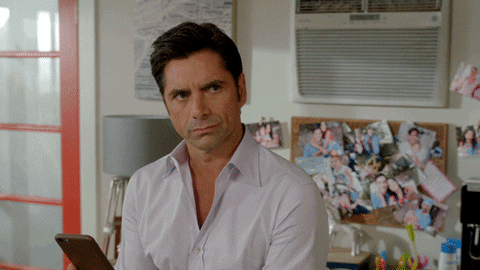
Load time? It’s a big deal. Ever clicked off a site because it took ages to load? You’re not alone. In fact, 47% of consumers expect a webpage to load in 2 seconds or less. So, make sure to compress those images and keep the code clean.
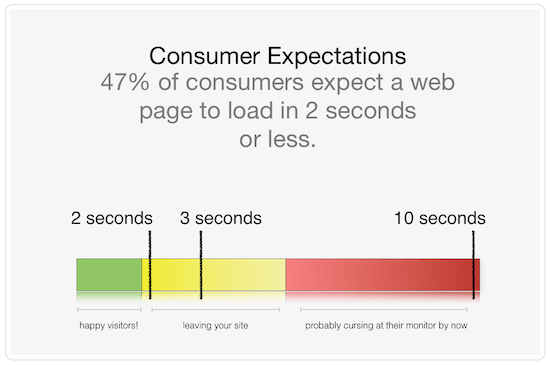
Calls to action and user-friendly navigation are like the signposts of your site. They guide the visitor, and lead them where you want them to go. Make it clear, make it simple, and they’ll follow. Include testimonials too. They’re like a virtual thumbs-up from satisfied customers.
High-quality images? SEO optimization? These aren’t just add-ons; they’re must-haves. Images make your site pop, while SEO helps people find you.
And hey, don’t just set and forget. Your website’s a living, breathing part of your business. Track it, analyze it, tweak it. Stay up-to-date with trends. Keep it fresh. Make it something you’re proud of.
So, how do you start? Dive in. Experiment. Maybe even hire a professional if it fits your budget. I personally like using WordPress and Elementor for building modern websites that convert.
Watch my video on building a website with Elementor from scratch to learn more:
Search engine optimization (SEO)
SEO, or Search Engine Optimization–sounds fancy, doesn’t it? But let me break it down for you. It’s like the road signs that guide traffic to your online store, blog, or whatever digital magic you’re cooking up.
And oh boy, does it matter! Why? Well, consider this: Around 93% of online experiences begin with a search engine. That’s a whole lot of people looking for what you’ve got.
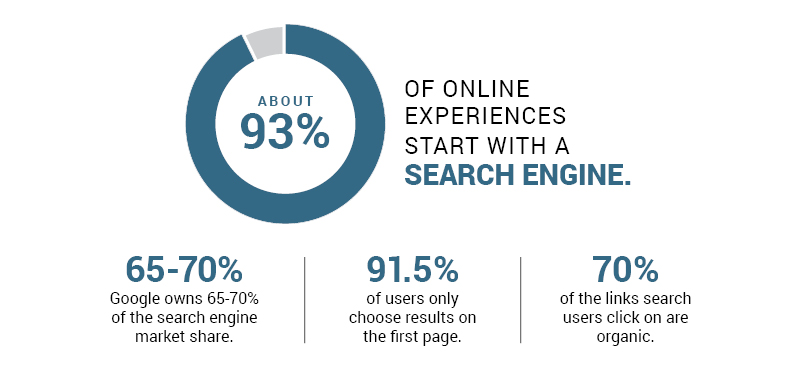
Now, let’s talk about why SEO is such a big deal. First off, it’s about visibility. Think about it: when’s the last time you clicked to the second page of Google search results? Rarely, right? The goal of SEO is to get you on that coveted first page, because most people never scroll past it.
But SEO isn’t just about throwing keywords around and hoping for the best. Nope, it’s an art, a science, a delicate dance of factors that make search engines fall in love with your site.
It’s about relevant content, user-friendly experience, site speed, mobile optimization, and quality backlinks. And trust me, it’s worth the effort. I’ve grown most of my businesses thanks to SEO.
So how do you get started with SEO? First, know your audience. What are they searching for? What words are they using? Use a tool like SEMrush to find ideas.
Next, optimize your site’s meta titles, descriptions, and URLs. Make them friendly for both users and search engines. This is often neglected but a necessary step.
Don’t forget about quality content, too. Write stuff that people want to read, not just what search engines like. Check out my recommended tools that I use to write faster and easier.
Engaging, valuable content gets shared, and shares mean backlinks. And backlinks? They’re like high-fives from other websites. Pages that point to your website boost your authority and rankings.
Speed matters too. Optimize those images, compress that code, and make your site as fast as a sports car on an open highway. A one-second delay in page load time can lead to a 7% loss in conversions!
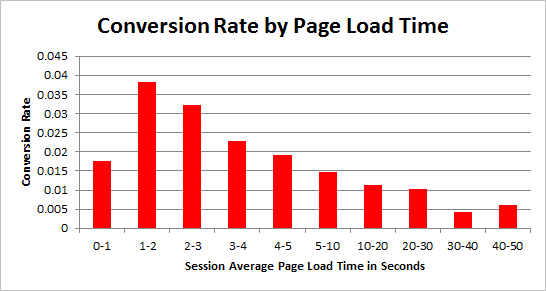
Last but not least, track your success. Use tools like Google Analytics, monitor your rankings, and tweak as needed. SEO isn’t a one-and-done deal; it’s a continuous effort to stay ahead of the game.
Email marketing
Email marketing? Some folks say it’s a dinosaur. But guess what? It’s a dinosaur that still roars, stomps, and brings home serious results.
And I’m not just throwing words around here. I’ve got numbers to back it up. How about this? For every $1 you spend on email marketing, you can expect an average return of $42. Now, that’s ROI you can’t ignore!
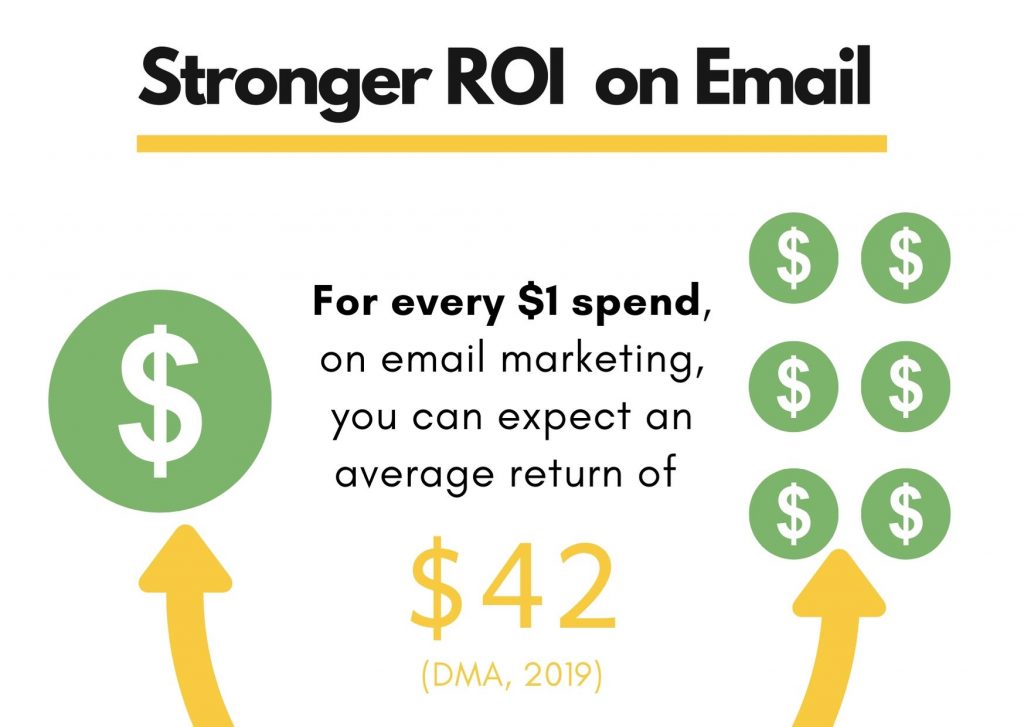
But wait, what makes email so darn powerful? First off, it’s personal. It’s like having a one-on-one chat with your customers, except you’re doing it at scale. It’s a place where you can provide value, build trust, and guide those potential customers down the funnel.
And here’s the kicker: People want to hear from you. I mean, they gave you their email address, right? That’s a virtual invitation to their inbox, a chance to have a conversation without all the noise of social media.
Now, let’s talk about getting started. First off, you’ve got to grow that email list with a tool like HubSpot. How? Well, offer something valuable. Maybe it’s an exclusive discount, a killer e-book, or a webinar that’s going to blow their minds.
Next up, segmentation. You wouldn’t talk to your grandma the same way you’d talk to your best buddy, right? It’s the same with your email list. Divide it up based on interests, behaviors, or where they are in the buying process. Tailor your message, and watch those engagement rates soar.
Content is king, even in email. Make it engaging, make it exciting, make it something they’ll want to click on. Subject lines? They’re your first impression, so make ’em good. According to FinancesOnline, 47% of email recipients open an email based on the subject line alone.
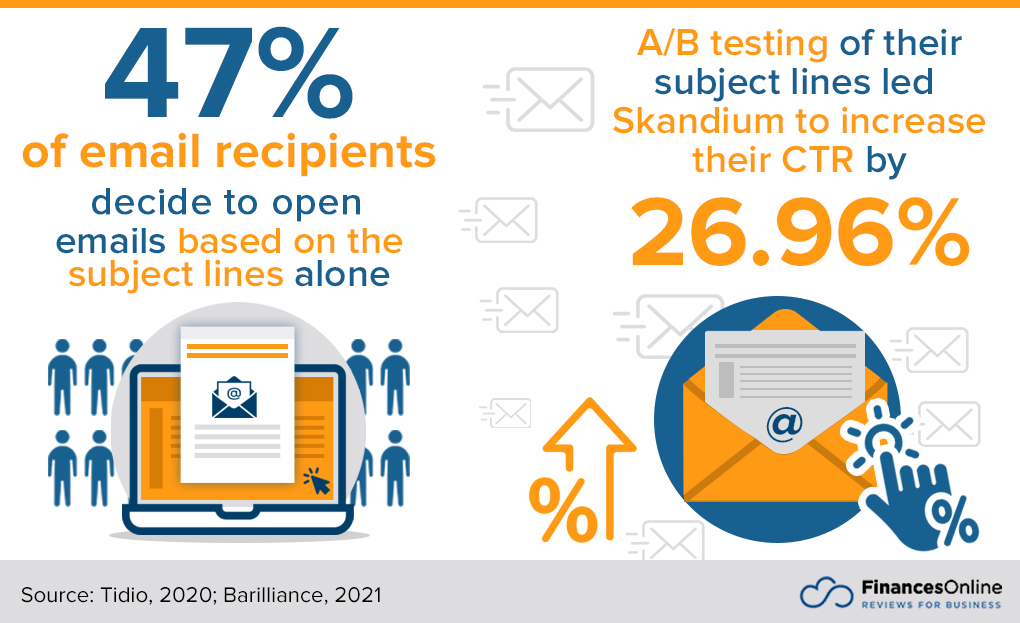
Finally, keep an eye on those analytics. Open rates, click-through rates, conversions–these numbers are your roadmap. They’ll tell you what’s working, what’s not, and where you need to pivot.
Social media marketing
Social media–it’s where people hang out, chat, share, like, and tweet. But it’s not just for fun and games. Nope, it’s a serious tool for marketers. Why? Because that’s where the eyeballs are.
Listen to this: As of 2021, there were around 3.6 billion social media users worldwide. That’s a whole lot of potential customers waiting to hear from you.

First off, social media is about engagement. It’s a two-way street where you can talk to your audience, understand them, make them feel seen and heard. Want to know what they think about your latest product? Just ask. Want to show them behind the scenes of your business? Go live.
And here’s something cool: Social media levels the playing field. You don’t have to be a big brand with a massive budget to make a splash. Even small businesses can get in on the action.
But how do you do it? How do you turn those tweets, likes, and shares into something that drives your business forward? Well, here’s the deal.
Start with a plan. Know your audience, understand your goals, and choose the platforms that suit your business. Instagram for visuals, LinkedIn for B2B, TikTok for those catchy videos–you get the drift.
Content? Make it shareable, likable, and engaging. Tell a story, share a laugh, and give value. And don’t be all sell, sell, sell. Nobody likes that guy.
Engage with your audience. Respond to comments, ask questions, create polls. Make them feel like they’re part of the conversation, not just spectators.
All of this, in combination, builds your brand on social networks, increases your reach, and drives revenue.
Paid advertising
Paid advertising is like adding rocket fuel to your marketing efforts. It’s fast, it’s targeted, and it delivers. Don’t believe me? Paid advertising converts 35% better than organic traffic. Yeah, that’s a big difference.
But why does it work? Let’s break it down. First off, paid advertising lets you target like a laser beam. Want to reach millennials in New York who love yoga and gluten-free cookies? You can do that. Want to target tech-savvy seniors in Florida? You can do that too.
And here’s the beauty of paid advertising: You’re in control. You set the budget, you decide where and when your ads appear, and you can tweak on the fly. Results not what you expected? Change it up, try something new. Paid ads aren’t set in stone; they’re flexible, adaptable.
So how do you get started? Let’s roll up our sleeves and get to work.
First, like all digital marketing channels, know your audience. Who are you trying to reach? What do they want? What keeps them up at night? Nail this, and you’re halfway there.
Next, choose your platform. Google Ads, Facebook Ads, Instagram Ads, LinkedIn Ads–they all have their unique use cases and audiences. Pick the one that suits your product and audience.
Now, craft that ad. Make it eye-catching, make it relevant, make it clickable. Your ad is like a storefront window. It’s got to grab attention and make people want to come in. Enroll in my copywriting course to learn how to create high-converting ads.
But wait, there’s more. You’ve got to have a landing page that delivers. If your ad promises the moon, your landing page better have a spaceship ready. Consistency is key. Don’t make promises you can’t keep.
Set a budget, but be smart about it. Start small, test, learn, and scale. Paid advertising isn’t about spending big; it’s about spending smart.
Content marketing
Content marketing is where the magic happens. It’s not just about words on a page; it’s about telling a story, building a connection, turning casual browsers into loyal customers.
Listen to this: Content marketing costs 62% less than traditional marketing and generates about three times as many leads. Impressive, right?
Now, let’s dive into why content marketing is a big deal.
Firstly, it’s authentic. It’s not a sales pitch; it’s a conversation. It’s you, sharing your expertise, your passion, your personality with your audience. And trust me, people can tell the difference. Authenticity wins hearts and minds, and it wins business.
Content marketing also plays the long game. It’s not a flash in the pan; it’s a slow burn that builds trust and credibility over time. People come to you because they value your content, your insights, your voice. They stay because you deliver, time and time again.
But enough with the why. Let’s get into the how.
You begin by creating a content calendar. Planning is key. You want to know what you’re publishing, when, and why. Themes, topics, keywords–get them all lined up. And don’t be afraid to mix it up. Blogs, videos, podcasts, and webinars. Variety keeps things fresh.
Now, about that content. Make it good. Make it really good. This isn’t about churning out words for the sake of filling space. It’s about delivering value, every single time. I like to make my content actionable and data-driven, as well.
Once it’s live, engage with your audience. Encourage comments, respond to feedback, ask questions. Make them part of the conversation, not just passive consumers.
And don’t forget to promote your content. Even the best content needs a little boost. Share it on social media, include it in your newsletter, link to it from other pages on your site. Get it out there.
Wrapping up digital marketing
Digital marketing isn’t an optional idea anymore, it’s essential. Your business must be active on channels like social media, email, and its website to drive the most growth.
Don’t be intimidated by the amount of things you have to learn, either. Take it one step at a time. Master one digital marketing strategy, scale it, and then move onto the next.
You can get coaching and mentorship on these topics from me when you enroll in my courses. Take these if you’re interested in taking your marketing skills to the next level.














